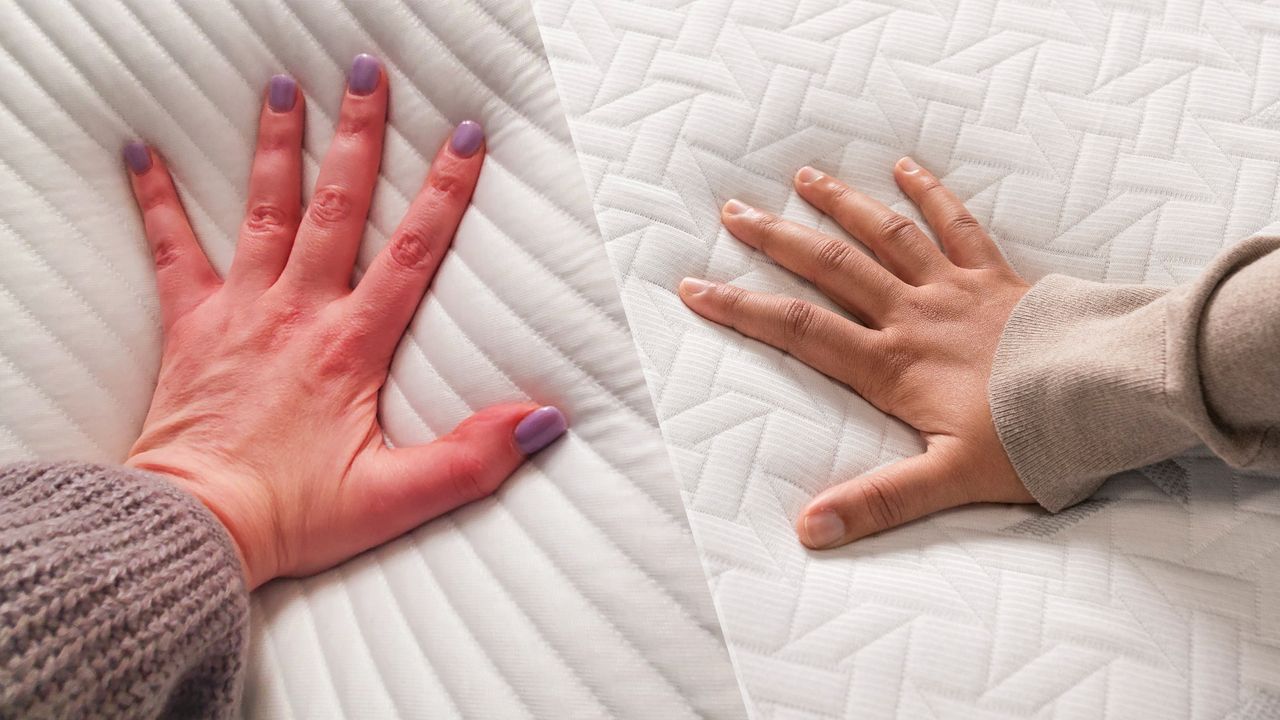Tempur-Pedic vs. Memory Foam: Which Mattress Is Best for You?

Tempur-Pedic has long been a leader in the mattress industry, credited with transforming NASA’s cushioning technology into a popular bedding material. Despite its origins, the company asserts that its proprietary Tempur-Material is distinct from traditional memory foam, which is widely recognized for its body-hugging comfort and slow response to pressure. This article explores the differences between Tempur-Material and standard memory foam, assessing their impact on sleep quality.
Understanding memory foam is essential. It is a viscoelastic polyurethane foam that adapts to heat and pressure, contouring to the body while providing support. This characteristic gives memory foam its well-known “hugging” feel. The manufacturing process can incorporate various compounds, resulting in a range of textures and performance levels. The density of the foam also plays a crucial role; higher density foams tend to be more durable and offer better contouring than their lower density counterparts.
In contrast, Tempur-Material was originally developed for NASA, designed to provide cushioning for astronauts. Tempur-Pedic has since refined this material for home use, boasting that it delivers superior comfort and support compared to standard memory foam. Although Tempur-Material shares similarities with memory foam, including its viscoelastic properties, it is marketed as a more advanced alternative.
Price Comparison: Tempur-Pedic vs. Memory Foam
When considering cost, memory foam mattresses often present a more budget-friendly option. While the prices can vary significantly, many memory foam beds offer competitive pricing, making them accessible to a broader audience. For instance, the Saatva Contour5 is a luxury mattress starting at $1,899, while the Siena Memory Foam Mattress retails for a modest $359 for a queen size.
Tempur-Pedic mattresses, on the other hand, are positioned as premium products. The most affordable model, the Tempur-Cloud, has a starting price of $1,999 for a queen, reflecting the brand’s commitment to high-quality materials and construction. Although sales are frequent, the savings tend to be minimal, requiring buyers to monitor pricing closely to secure the best deal.
Comfort and Support: An In-Depth Look
Both memory foam and Tempur-Material are celebrated for their ability to cradle the body, providing relief from pressure points, particularly for side sleepers. Both materials adapt to body heat and weight, which helps alleviate discomfort during sleep. The Tempur-Pedic Tempur-Adapt mattress, for example, is noted for its effectiveness in reducing back pain due to its supportive design.
Nonetheless, some users report feeling “stuck” in memory foam mattresses, which can hinder movement during sleep. The variety of memory foam products available allows consumers to choose between softer and firmer options, while Tempur-Pedic offers a more limited selection.
Both materials excel in motion isolation, ensuring that movement on one side of the bed does not disturb a sleeping partner. This feature is particularly appealing for couples who share a bed.
Durability is another important factor. High-quality memory foam mattresses can last up to 10 years with proper care. Tempur-Pedic claims that their Tempur-Material is “even more durable,” backed by a 10-year warranty. However, all foam mattresses can experience sagging over time, particularly if they are low-density. Proper maintenance, such as regular cleaning and avoiding excess heat, can help prolong the life of both materials.
Temperature regulation is a common concern. Both memory foam and Tempur-Material tend to retain heat, which can lead to uncomfortable sleeping conditions. Some manufacturers infuse their foams with cooling materials to mitigate this effect. For instance, the Cocoon by Sealy Chill mattress is an all-foam option that offers good cooling properties. Despite Tempur-Pedic’s efforts with its Breeze collection, the standard Tempur-Cloud mattress has received lower ratings for temperature regulation.
Ultimately, choosing between Tempur-Pedic and traditional memory foam depends on individual preferences and budget. If you prioritize a high-quality, supportive mattress and are willing to invest, a Tempur-Pedic mattress may be the ideal choice. However, if affordability and a variety of options are more critical, numerous memory foam models provide excellent alternatives.
In conclusion, both Tempur-Pedic’s Tempur-Material and traditional memory foam have their strengths, making them suitable for different sleep styles and preferences. Understanding these differences can help consumers make an informed decision when selecting their next mattress.





